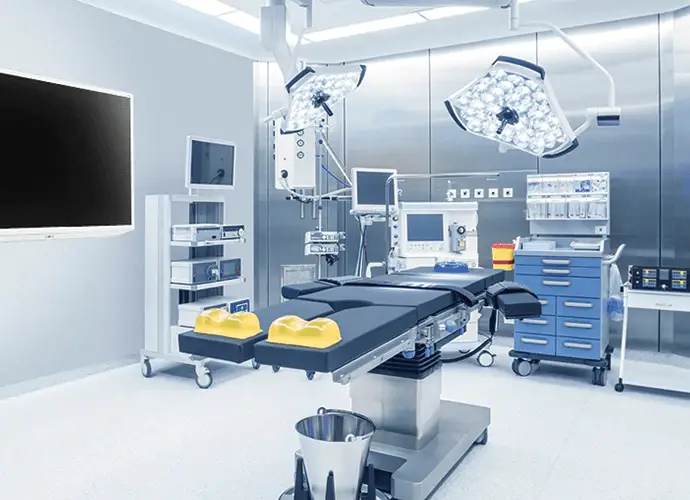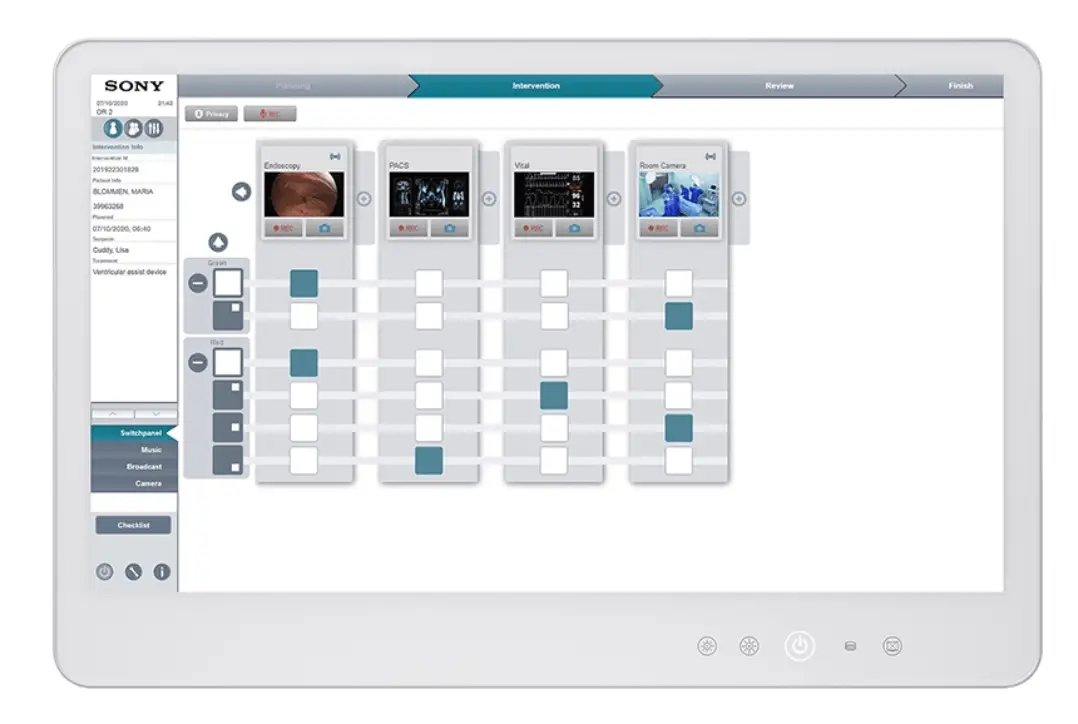
What You Should Know:
– Today, Sony announced an update to our NUCLeUS medical
imaging platform, which improves support for remote patient observation.
– NUCLeUS has added new functionality and features,
including powerful bi-directional telestration capabilities allowing multiple
remote users to simultaneously annotate, draw or highlight areas of interest in
a live stream video or still image.
Sony today
announced an update to its vendor-neutral medical imaging platform NUCLeUS. The latest release introduces Remote
Patient Monitoring (observation) functionality with recording functionalities
for use in the operating room (OR), Intensive Care Units (ICU), endoscopy
suites, procedure rooms or anywhere else in the hospital.
The Smart Digital Imaging Platform for Medical Environments

Developed in consultation with leading surgeons and with vendor
neutrality in mind, NUCLeUS guides clinical staff through the planning,
recording and sharing of video, still images and other patient-related data.
Seamlessly linking Sony and third-party devices, applications, video and most
importantly, people, NUCLeUS focuses on hospital staff requirements and use
cases, adding value to imaging workflows.
New
Bi-Directional Telestration Capabilities
NUCLeUS has added
new functionality and features, including powerful bi-directional telestration
capabilities allowing multiple remote users to simultaneously annotate, draw or
highlight areas of interest in a live stream video or still image. This can be
securely shared with authorized viewers to discuss as a group in real time,
ideally suited for socially distanced environments. Equipped with a full
set of recording functionalities, NUCLeUS is also a valuable tool for
hospitals, outpatient surgery centers and private practices serving a variety
of specialties including Urology, ENT, Obstetrics, Ophthalmic, Plastic surgery,
and Robotics
New NUCLeUS Functionality Features
New functionalities of NUCLeUS include:
Mosaic
Video Wall,
presenting video streams from image sources in multiple ORs and ICUs
simultaneously on a single display, thus providing a situational overview of
activity in a tiled or mosaic format.
An
iPad Streaming function, allowing clinical staff to access images from any modality via
an iPad in virtual real time within the OR, so medical staff can follow the
intervention on their handheld device.
High
quality 4K conversion, allowing any HD resolution video content to be converted to 4K
using advanced resolution-augmentation algorithms superior to conventional
upscaling, giving a crisp ultra-high resolution view of converted video
footage.
Customizable
Expanded Patient Distraction – helping to reduce patient anxiety through music tracks and
video imagery that can be played in the OR to create a more relaxing and
comfortable atmosphere.
Patient
Time-Out Functionality, featuring checklists that simplify time out of safety
standards at the start, during and end of an operation.
Enhanced
Printing capabilities, allowing hard copies of still images captured by NUCLeUS to be
created inside the OR using an optional UP-DR80MD A4 digital color printer. The
Auto Print function also extends CMS (Content Management System) print
functionality to collect a preconfigured number of stills, printing them
automatically.
Full
compatibility with the latest Sony PTZ and fixed cameras including HD and 4K
models.
“Sony is committed to developing NUCLeUS to suit the needs of patients and medical staff at all times,” said Theresa Alesso, pro division President, Sony Electronics. “The Remote Patient Monitoring capabilities within NUCLeUS are a primary example of this and were developed to help hospitals manage day-to-day requirements through the COVID-19 pandemic. We are committed to helping hospitals and healthcare providers reinvent their workflows and provide medical staff with the tools they need to continue delivering excellent patient care.”
